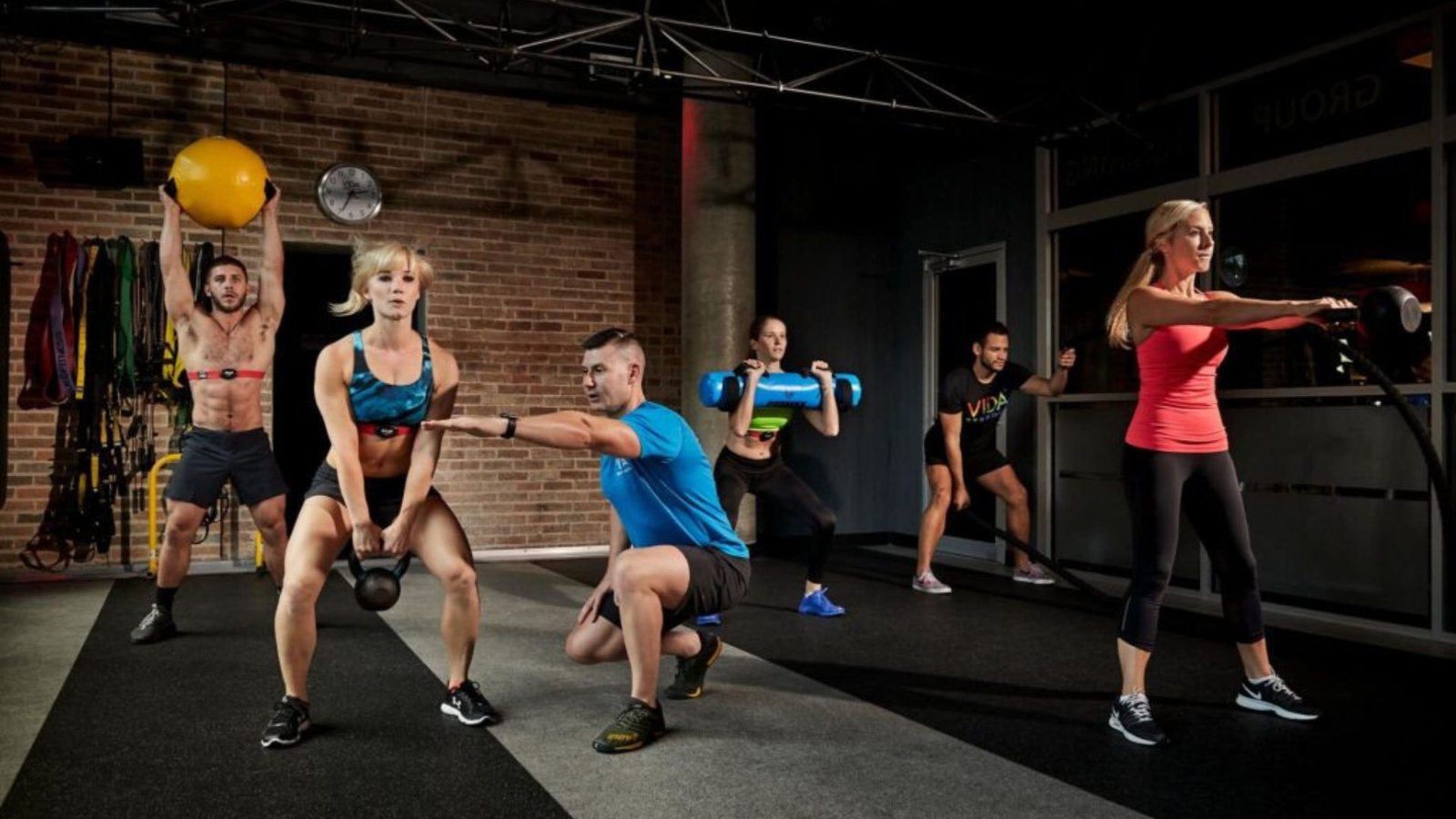Circuit Training for Urban Athletics
Circuit training is a highly effective workout method for urban athletes looking to enhance their overall fitness and performance. This training regimen combines strength and aerobic exercises in a structured, timed format, providing a comprehensive workout in a short amount of time. In this article, we’ll give you a guide on circuit training for urban athletics.
Understanding Circuit Training
Circuit training involves performing a series of exercises consecutively with minimal rest in between. Each exercise targets different muscle groups or fitness components, such as strength, endurance, and agility. The circuit typically consists of 8-12 exercises, which are completed one after the other, forming a “circuit.”

Benefits of Circuit Training for Urban Athletes
Efficiency
Circuit training is time-efficient, making it ideal for urban athletes with busy schedules. A full-body workout can be completed in 20-30 minutes, saving time while maximizing results.
Improves Cardiovascular Fitness
By incorporating aerobic exercises like jumping jacks, high knees, or burpees into the circuit, athletes can improve their cardiovascular endurance, crucial for urban sports that require sustained effort.
Enhances Strength
Resistance exercises such as squats, lunges, and push-ups help build muscular strength and endurance, essential for urban activities like parkour or obstacle racing.
Boosts Agility and Coordination
Agility drills like ladder drills or cone exercises improve athletes’ ability to change direction quickly and maintain control over movements, beneficial for sports that demand agility and precision.
Burns Calories
Circuit training promotes calorie burn during and after the workout, aiding in weight management and overall fitness goals.
Designing a Circuit Training Workout
To create an effective circuit training routine for urban athletics:
Exercise Selection
Choose exercises that target different muscle groups and fitness components. Include a mix of bodyweight exercises and exercises using equipment like resistance bands or dumbbells.
Timing
Perform each exercise for a set amount of time (e.g., 30 seconds) or a specific number of repetitions before moving to the next exercise. Aim to complete the circuit without long breaks between exercises.
Structure
Arrange exercises in a sequence that alternates between upper body, lower body, and core exercises to allow muscle groups to recover while others are engaged.
Progression
Gradually increase the intensity by adding more challenging exercises or reducing rest time between circuits as fitness improves.
Tips for Effective Circuit Training
Warm-Up
Always begin with a dynamic warm-up to prepare muscles and joints for exercise, reducing the risk of injury.
Proper Form
Focus on maintaining proper form and technique throughout each exercise to maximize effectiveness and prevent injury.
Adjust Intensity
Modify exercises or adjust repetitions based on individual fitness levels to ensure a challenging yet manageable workout.
Variety of Exercises
Incorporate a variety of exercises that target different muscle groups to ensure a well-rounded workout. This keeps your routine interesting and prevents muscle fatigue.
Include Cardiovascular Exercises
Integrate cardio exercises like jumping jacks, high knees, or jump rope between strength exercises to keep your heart rate up and improve overall cardiovascular fitness.
Progressive Overload
Continuously challenge yourself by increasing the intensity of exercises, such as adding resistance, increasing repetitions, or reducing rest periods as your fitness improves.
Rest and Recovery
Allow adequate rest between circuits to recover properly. Listen to your body and take breaks as needed to avoid overexertion and reduce the risk of injury.
Track Your Progress
Keep a workout journal or use a fitness app to track your circuit training sessions, including exercises, repetitions, weights used, and how you felt during and after the workout. This helps you monitor progress and adjust your routine accordingly.
Hydration and Nutrition
Stay hydrated before, during, and after your workout. Proper nutrition, including a balance of carbohydrates, proteins, and healthy fats, supports energy levels and muscle recovery.
Conclusion
Circuit training offers urban athletes a versatile and efficient way to improve overall fitness, strength, and endurance essential for various urban sports and activities. By incorporating circuit training into your workout routine, you can enhance performance, achieve fitness goals, and maintain a healthy lifestyle.



